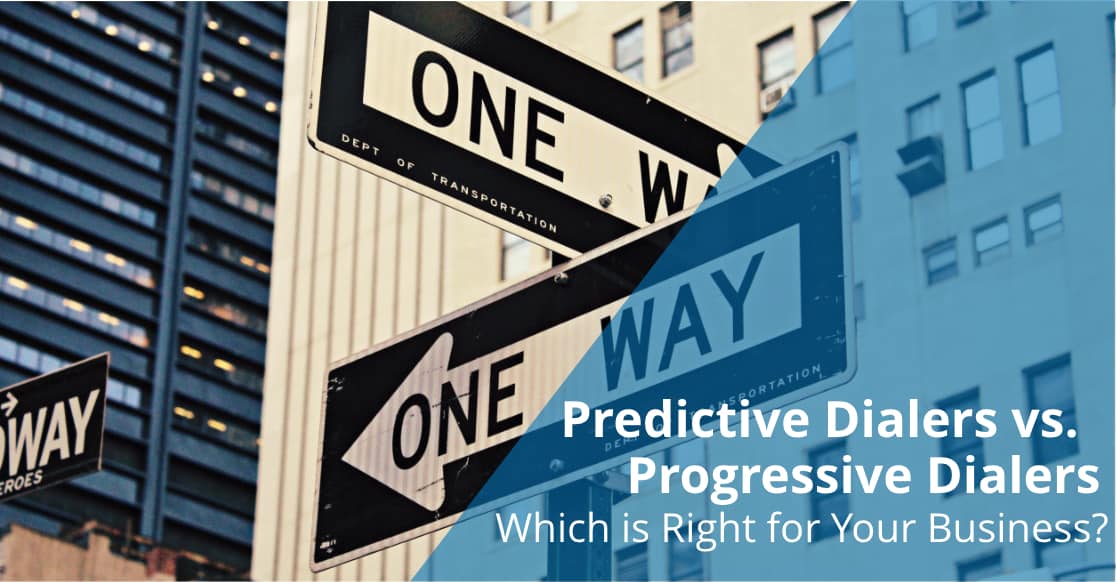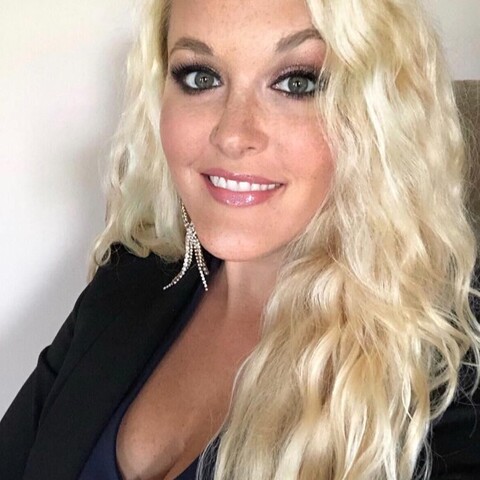Predictive Dialers vs Progressive Dialers: A Comparison

The goal of any outbound call center has always been the same: to connect agents to as many qualified customers as possible and maximize productive talk time. As a provider of virtual contact centers around the world, dialers are a major talking point of our industry. Automatic dialers have become absolutely necessary for any outbound or mixed traffic call center when it comes to maximizing agent efficiency. However, different call centers have different needs, and several different types of automatic dialers have been developed in response. The most popular of these are predictive and progressive dialers. The question is, which type of dialer is right for your business?
How Do Predictive Dialers Work?
When it comes to reaching the most customers, predictive dialers can’t be beat. A predictive dialer calls multiple numbers at one time. As soon as a customer answers, an agent is connected to them. Based on the average time it takes the agent to wrap up a call, the dialer “predicts” when the agent will be available again and begins calling multiple numbers. The agent will immediately be connected to a new customer when they hang up their previous call. The dialer also predicts the percentage of calls that go unanswered in a particular call list, and dials numbers more aggressively as needed. With a predictive dialer, very little time is spent between calls at all and agent talk time is maximized.
However, predictive dialers do have some flaws. Predictive dialers begin making new calls before an agent is available, assuming that it will have a customer ready as the agent is ending another call. With this type of auto-dialing, calls often reach prospective customers before an agent is available to speak with them. When this happens, there is a delay in response time from the agent, which many customers find frustrating. Customers may already be frustrated when they are connected to an agent, or they may abandon calls before an agent is even available. Because of this, predictive dialing can seem impersonal, and may not the best choice when your call center prioritizes rapport between an agent and a customer.
How Do Progressive Dialers Work?
Progressive dialing minimizes wasted time between calls by automatically dialing a number from a call list as soon as an agent becomes available. Unlike predictive dialers, which make multiple calls at once before an agent is available, progressive dialers make calls one after the other, and only when there is an agent ready for a customer to answer.
Progressive dialing does not make as many calls as predictive dialing, but it does ensure that customers don’t answer calls without an agent ready to pick up. This is better for facilitating more personal and productive interactions between your agents and customers. And though progressive dialers make fewer calls than predictive dialers, they still increase agent efficiency and connect your agents to more customers than would otherwise be possible.
Which Dialer Is Right for Your Business?
The biggest difference between progressive and predictive dialing is the trade off between the number of calls made and the quality of agent-customer interactions. If your goal is to expand your agent’s reach to as many customers as possible, and you are not worried about some call abandonment, the predictive dialer may be for you. If the quality of interactions between your agents and your customers is more important to you than total calls made per hour, then the progressive dialer is the superior option.
Have more questions about progressive and predictive dialers? Contact an AVOXI VoIP Specialist to learn more.
